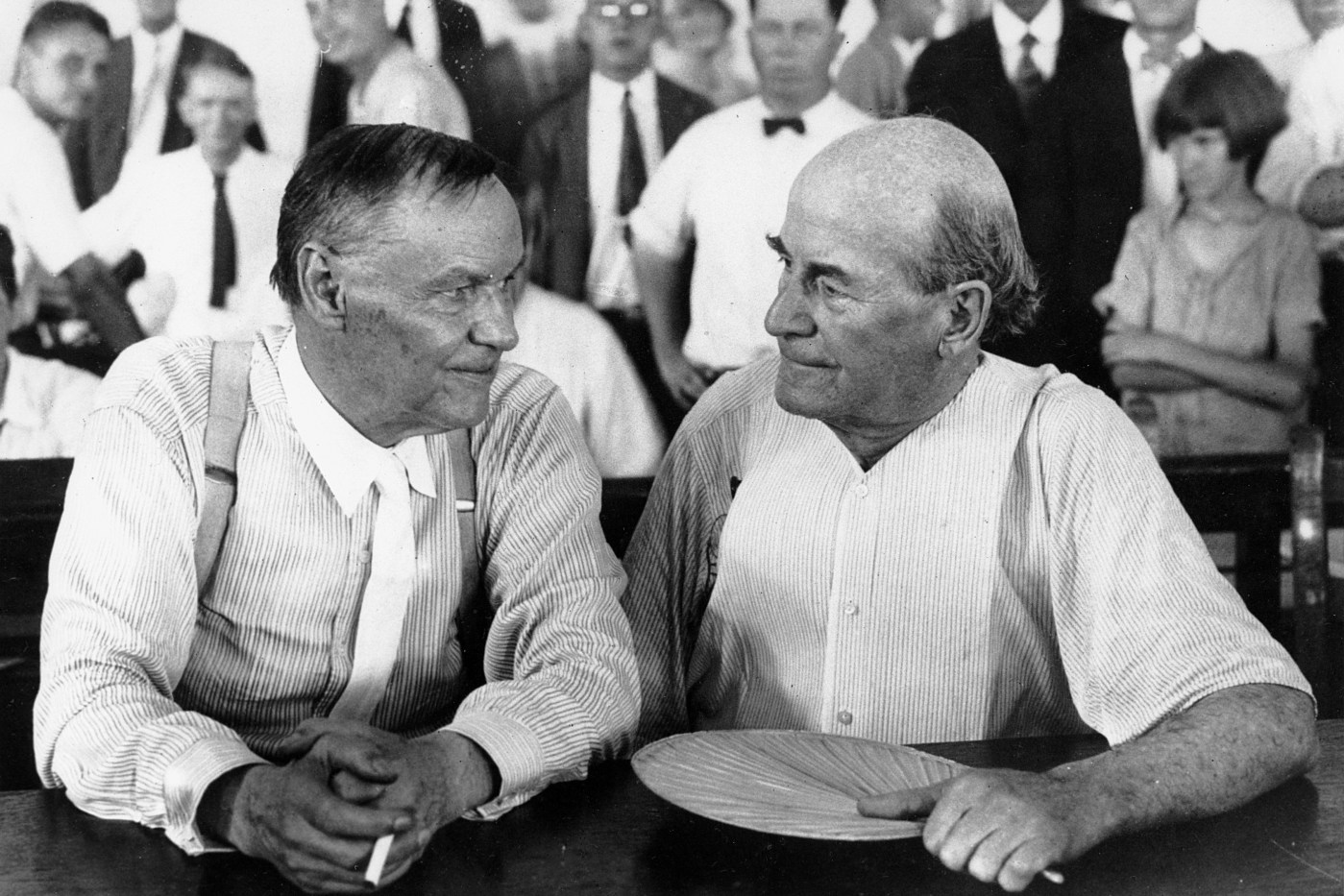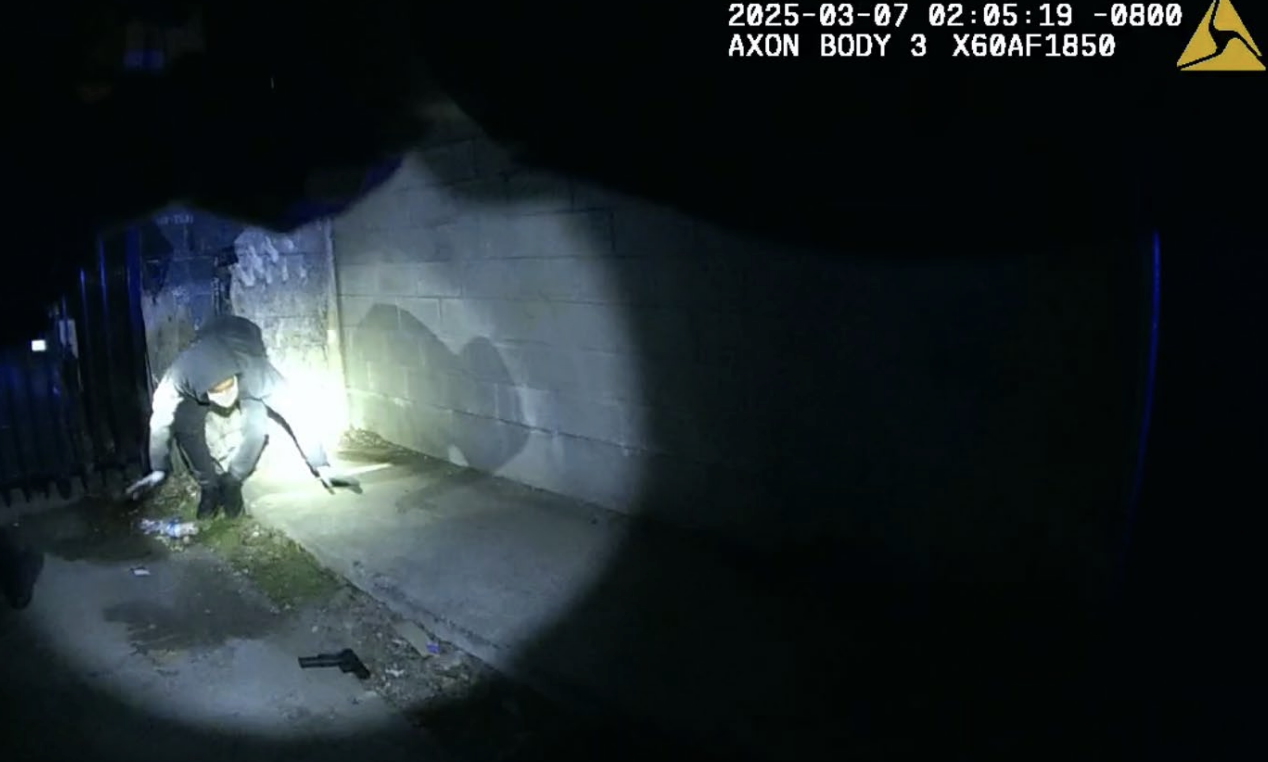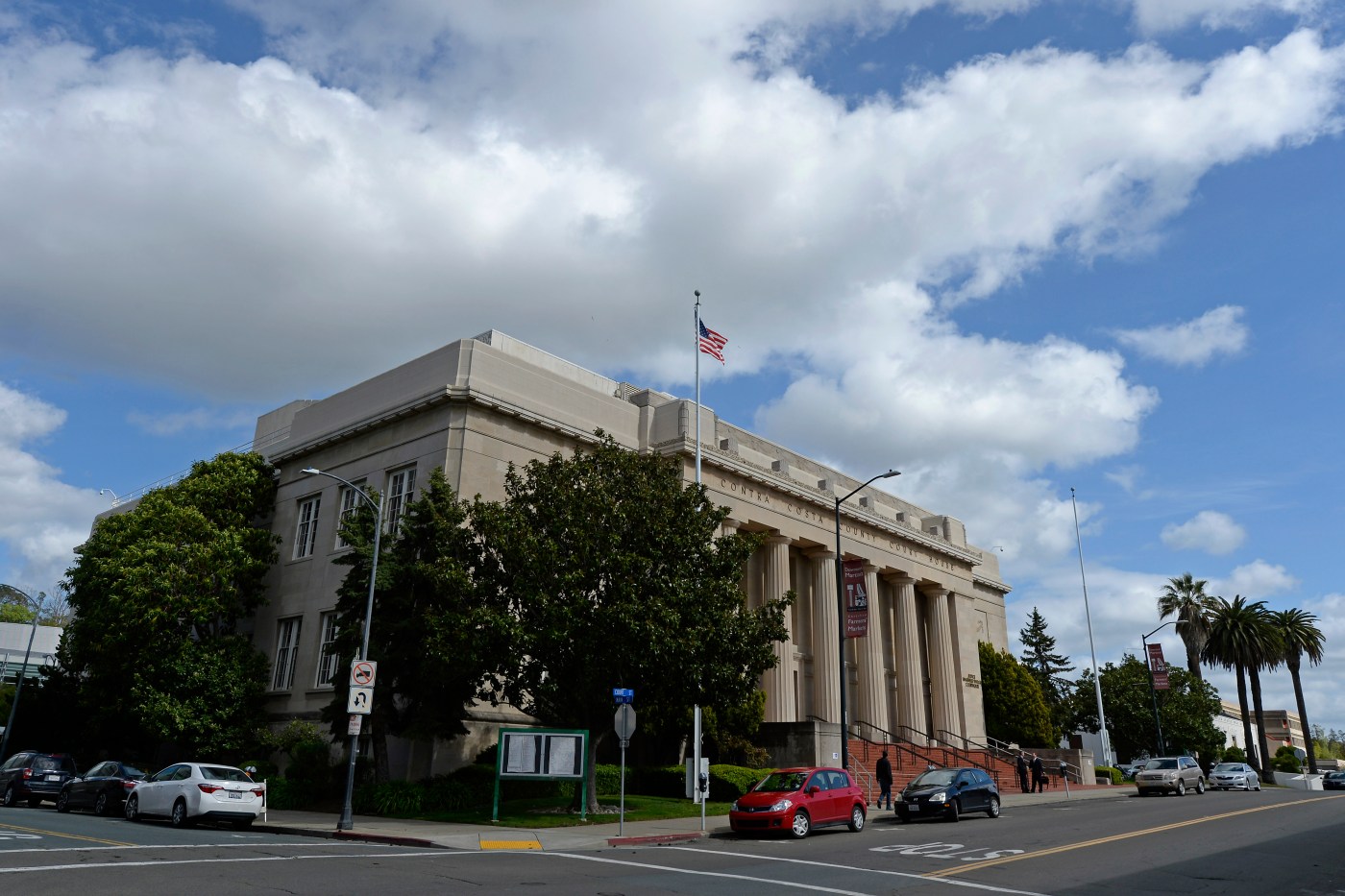Berkeley manufacturing interests set off what would become a prolonged fight a century ago when they pushed for “development of an arterial highway paralleling San Pablo Avenue and extending through Emeryville, taking in Seventh Street … instead of Sixth Street,” according to a Berkeley Daily Gazette report.
Those familiar with West Berkeley’s roads will know that Seventh Street traffic runs north from Ashby Avenue to Dwight Way as a main arterial, then through traffic diagonals over to Sixth Street and continues north from there to University Avenue and beyond. What the manufacturers wanted to do was avoid the change at Dwight and just use Seventh all the way north so industrial traffic would have a straight line, avoiding San Pablo Avenue.
The Gazette provided editorial support, opining July 16, 1925, that “The East Bay cities are undoubtedly on the eve of great industrial development. … In preparation for extensive development of the whole East Bay shore, the cities of this region must do their part to make the region enticing to new industries. And one of the first requirements is broad arterial highways.”
This approach would set off a fight between those who lived in West Berkeley and those who regarded the area as simply a convenient place for their commercial and industrial development. Seventh Street had many residents who didn’t like the idea that their blocks would be prioritized as a throughfare for heavy factory truck traffic.
By this era, many of Berkeley’s well-to-do business owners, including the those of some West Berkeley factories, had begun a migration to exclusive residential-only neighborhoods in the East Bay hills. This was unlike the 19th century, when rich and poor Berkeleyans alike tended to live within walking distance of their workplaces.
Scopes trial: A century ago, daily front-page headlines in the July 1925 Gazette marked the progress of the “Scopes monkey trial” in Tennessee. During this week in 1925 the judge denied defense motions that the anti-evolution law be ruled invalid.
The courtroom was reportedly filled with “stifling air” and the press often commented on aspects of heat-adaptive attire as a result. Men who usually dressed formally care for trials took their coats off, unfastened their collars and wore shirts visibly drenched with sweat.
The courtroom atmosphere was so heated and enthusiastic for one side or the other that on July 16, 1925, “the judge repeated his alarming warning that the courthouse might collapse if applause and demonstration were indulged in.”
That day, famous prosecuting attorney William Jennings Bryan — known as “the Great Commoner” — unleashed his rhetoric in what would be a successful effort to prevent the defense, led by the also-famous Clarence Darrow, from offering expert testimony on the theory of evolution.
Bryan was that way framing the trial issue as simply a “yes-or-no” on whether Scopes had taught evolution and thus violated the law, not whether the law itself was sound. Bryan mocked a chart issued by the National Education Association that showed the what is believed to be the likely evolution of humans and other species.
“There’s the book they’re teaching your children,” he shouted when he finished. “Find him among the mammals with 3,400 others, including elephants. How dare these scientists put man in a little ring like that with lions and tigers? Some are even odorous animals. Think of putting men in a class with odorous animals.”
Claremont development: A century ago, an 18-month-old, two-story, building of stores and apartments at Ashby and Domingo avenues was sold by its original builders. The Gazette reported that “the property is opposite the Berkeley Tennis Club, in a district which is in its first stages of business development.”
Bay Area native and Berkeley community historian Steven Finacom holds this column’s copyright.





